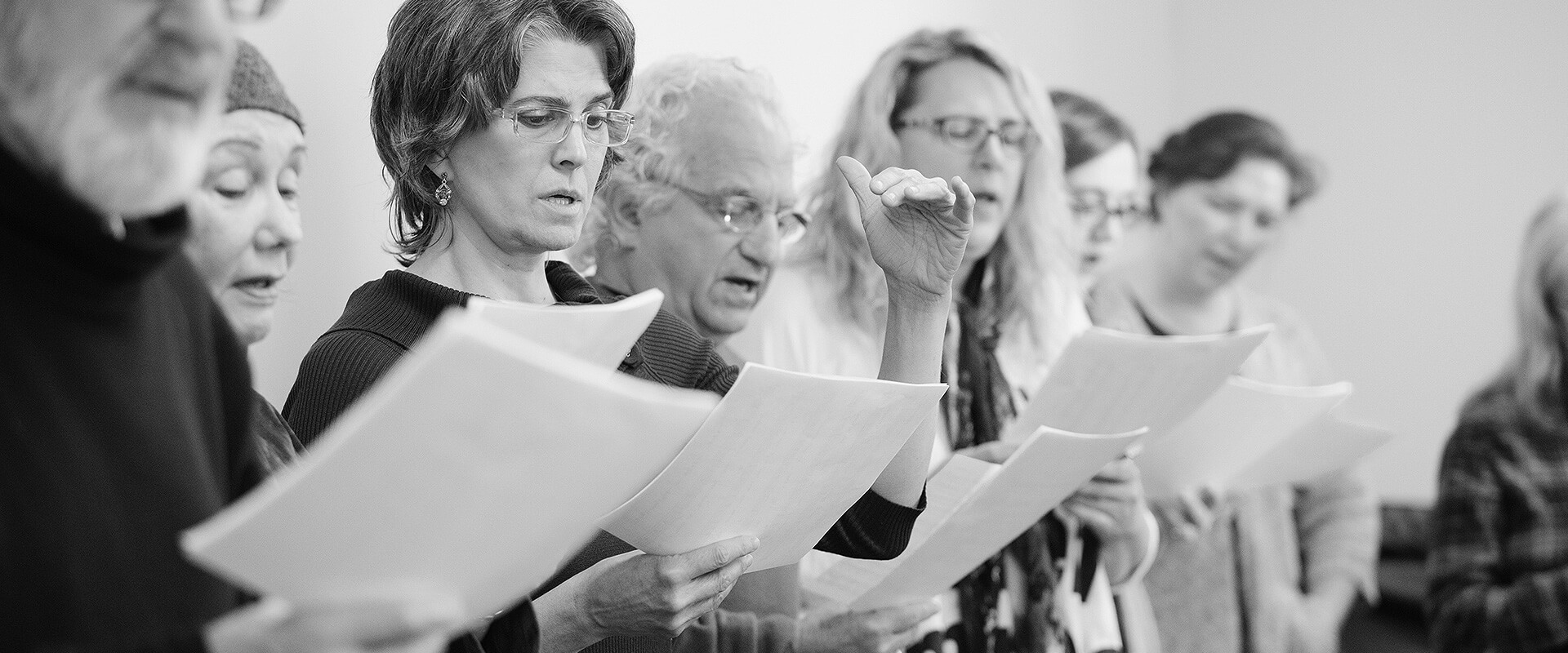Using a Mic
Many types of microphones have been invented for different purposes and different situations. How a particular microphone translates sound, and the type of sound being captured will help to determine which microphone you will want to use. Purchase the mic most suited to the situation in which it will be used and the most complimentary one for your voice. If you will be using the mic for live performances, don’t use one that is intended for use in a recording studio.
A good mic will compliment your voice, but won’t correct weaknesses. It will only capture the quality of sound that goes into it. No piece of equipment, regardless of how superior it is in quality, can make you sound better than you do in reality or make a mediocre voice sound fantastic. If you sing out of tune, a mic will pick up all your off-key notes. If your voice is thin or nasal, the mic will pick up these imperfections too. A mic cannot be used to overcome or cover up poor vocal technique. Great singing can only come from good training, study, practice and eventual mastery of your instrument.
Its important to learn to use a mic properly. A high quality, correctly chosen mic will only produce great results if it’s properly used. Because there are so many types of mic’s to choose from, a knowledgable salesperson can help you get started learning how to use a specific microphone. Then practice… You’ll need to find the mic’s sweet spot which is generally about 10 cms or 4 inches away. Experiment until you find the sensitive area for the mic that best captures your voice. Never “eat the mic”; if you get so close that your lips touch it, your voice will sound muffled. Always keep space between your lips and the mic. You’ll need to be closer when singing intimate passages and further away when singing full out. Vary the distance according to your vocal dynamic. This takes practice but its well worth it if you want to sound your best.
In the recording studio you will likely be provided with a pop shield. Its a round shield that clips to the mic stand and is placed between you and the mic. It’s purpose is to prevent you from popping explosive consonants (b, d, k, p, q & t’s), breathy consonants (f, h & w’s) or hissing sibilants (c, s & z). Most mic’s are so sensitive that a high level of mastery of these consonants is required before omitting the shield. Before the invention of pop shields singers had to learn how not to pop or hiss these consonants with careful study and practice. Your vocal technique should also include this level of detail so that you may sound your best both in the studio and in live performance where pop shields are not used. Modern conveniences are nice but not if they make us lazy in our attention to detail and desire to master proper diction.
If you are holding the mic, don’t cover it’s head with your hand. Covering the mic generally causes feedback and a muffled sound coming through the speakers. If your mic is on a stand, be sure to adjust the stand so that you don’t have to lift your head up or down to find the sweet spot. Raising or lowering your head while singing sacrifices your primary resonance, causing loss of vocal warmth. Therefore, don’t throw your head back when singing high notes or tuck your chin in while singing low ones. Also, avoid stretching your neck forward in order to reach the mic, as this also sacrifices tone quality and causes vocal strain (see Resonance).
Finally, be careful not to point your microphone toward monitors or house speakers as it can cause an ear-piercing screech called feedback and avoid dropping or banging it. While most mic’s are pretty rugged, they do use a fragile internal mechanism to transform the acoustic sound of your voice into an electrical signal. This mechanism can be damaged by physical shock.
For more information or to book a private lesson, please go to the contact page.
-
Vocal / Microphone Technique Tips for Live Singing and Studio Recording
 Montreal Voice Coach
Montreal Voice Coach